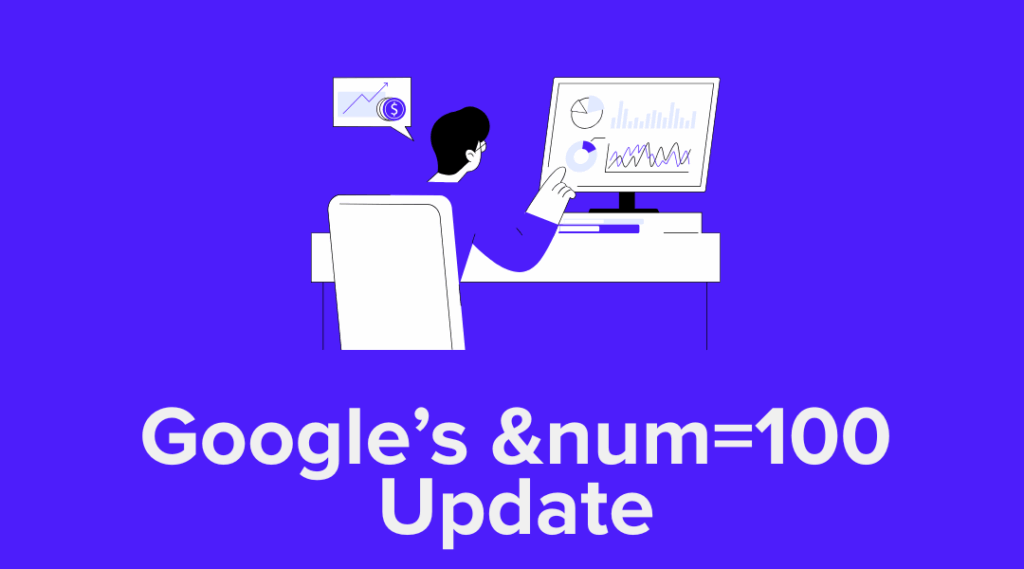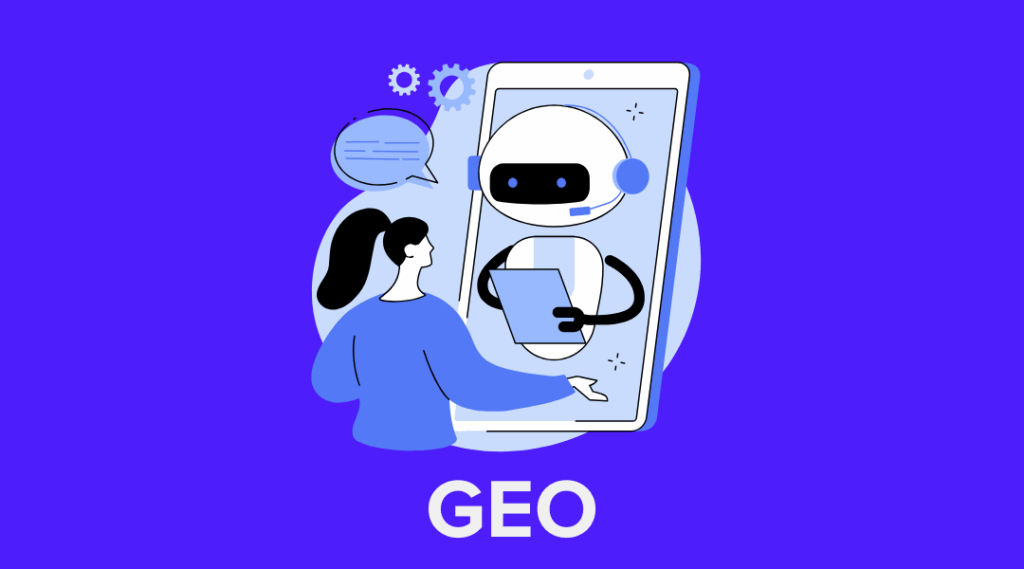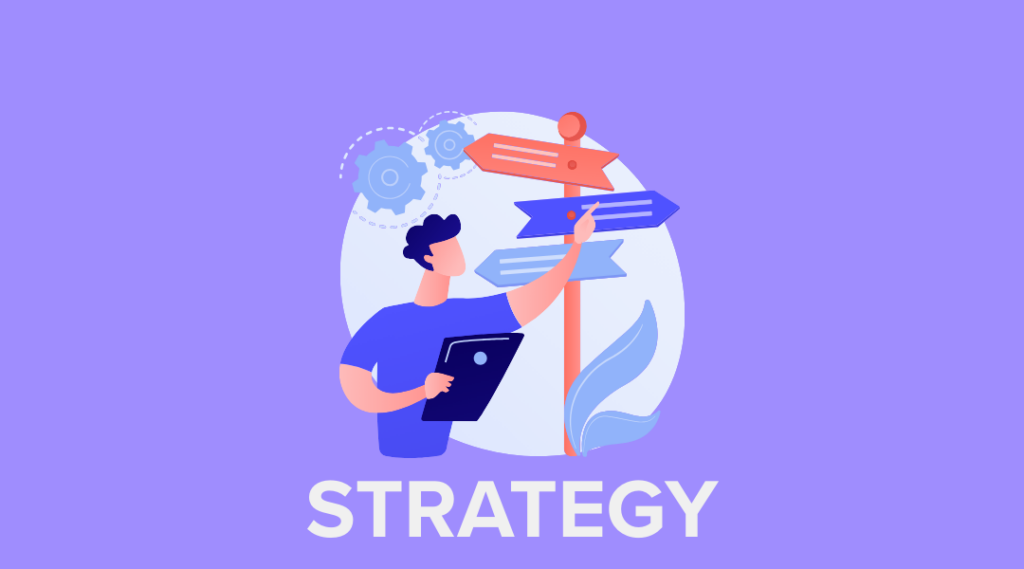Summary:
As AI tools like ChatGPT and Gemini shape how users discover brands, traditional SEO isn’t enough. Our C.L.A.R.I.T.Y. framework helps ensure your business is represented accurately and consistently in large language models (LLMs). From improving crawlability to entity optimization, C.L.A.R.I.T.Y. provides a strategic path to AI-driven discoverability.
As AI tools like ChatGPT, Gemini, and Claude rapidly become part of how people ask questions and make decisions, the way brands show up in search is fundamentally shifting.
While Google is still a major player, AI is quickly becoming a parallel discovery channel, and the brands that adapt now will have a long-term visibility advantage. At tiptop, we believe this shift isn’t a threat. It’s an opportunity to lead.
That’s why we developed C.L.A.R.I.T.Y.—a strategic framework designed to help our clients show up accurately, consistently, and effectively in AI-driven environments.
Why We Built the C.L.A.R.I.T.Y. Framework
The rules of search are evolving. But unlike traditional SEO, which is centered around rankings and metadata, LLMs train on large, diverse datasets—from websites and product pages to reviews, news stories, and even Reddit threads. What makes this tricky is:
- We often don’t know what data models have trained on (or when).
- AI outputs are non-deterministic, meaning responses vary.
- AI may entirely misrepresent or underrepresent brands.
Most companies haven’t stopped to ask: What does AI think it knows about us? C.L.A.R.I.T.Y. gives us a proactive way to answer that question and take control of the narrative.
The Challenges We're Helping Clients Solve
- AI outputs shift frequently as models retrain and update.
- LLMs don’t "rank"—they generate. That requires new strategies.
- Visibility ≠ accuracy. Your brand might show up but communicate the wrong thing.
- No clear dashboard. Unlike Google Search Console, there’s no central source of truth for LLMs.
- Entity optimization is critical, but it is often overlooked by brands that are still focused solely on rankings.
Learn more: Beyond Keywords: How Entity Optimization Strengthens Your Digital Marketing →
The C.L.A.R.I.T.Y. Framework: Our 7-Part Approach to AI Optimization
Each pillar of the C.L.A.R.I.T.Y. framework is designed to address the unique characteristics of AI-driven search and conversational tools.
Crawl
The first step is ensuring AI bots can access and interpret your content.
- Audit your site’s technical SEO, structured data, and accessibility.
- Prioritize crawlability for AI tools like ChatGPT, Gemini, and Claude—not just Googlebot.
- Keep your website aligned with how LLMs index and retrieve content.
Your site needs to be built not just for users and search engines—but for AI systems learning from it.
→ Learn more about how to structure your robots.txt for AI
Learn
Once you know your site can be crawled, you then need to understand what LLMs already know about your brand.
- Test brand-related queries in AI tools.
- Analyze what shows up—and what doesn’t.
- Track how model updates affect your visibility over time.
This process uncovers gaps, distortions, or missed opportunities—essential groundwork before creating new content.
Analyze
Armed with all the takeaways from phase 2, you now need to evaluate how AI tools describe you.
- Review sentiment and tone of AI-generated outputs.
- Cross-check narratives against your positioning.
- Identify inaccuracies or off-brand interpretations.
You want to think of and treat your website as your “best sales rep”—and make sure it’s trained to deliver the right message.
Respond
Now, it is time to close the gaps with content that can influence AI outputs.
- Align new and refreshed content to reflect your brand’s goals.
- Target the language and questions users are actually asking AI tools.
- Build a library of entity-rich, AI-friendly content that LLMs can absorb and reuse.
This is where you must start connecting search intent with semantic clarity.
Integrate
Updating your site is not enough, you need to influence the off-site data AI tools used to form opinions about your brand.
- Identify where LLMs pull from: review sites, forums, social media, press mentions, etc.
- Optimize those platforms to support your narrative.
- Eliminate weak or outdated content that could train AI models with the wrong info.
Your brand exists far beyond your website—so your optimizations should too.
Train
Armed with a roadmap, it’s time to position your site to educate the AI tools themselves.
- Publish content where AI models source data.
- Answer key questions with clarity and authority.
- Focus on entity optimization to solidify your brand’s semantic footprint.
When your content is clear, consistent, and strategically placed, you’re effectively “training” AI to see you the right way.
Yield
Like all good marketing, you should be able to measure your efforts. It's time to track performance—and keep improving.
- Benchmark your brand's AI visibility and sentiment over time.
- Compare against competitors to spot missed opportunities.
- Refine and prioritize based on ROI from AI-driven discoverability.
Optimization isn’t a set-it-and-forget-it process. C.L.A.R.I.T.Y. evolves alongside AI itself.
C.L.A.R.I.T.Y.: A Smarter Way to Show Up
Your brand is already being discussed in AI tools. The question is—do you like what they’re saying?
The C.L.A.R.I.T.Y. framework gives you a way to step into the conversation with purpose, expertise, and precision. It's built to evolve, just like the technology it's designed for.
Whether you're just starting to explore how AI and LLMs fit into your marketing strategy or you're ready to take the next leap, we're here to help you show up—with clarity.
Want to see how AI sees your brand? Let’s run a C.L.A.R.I.T.Y. audit and talk next steps. Contact us → or explore how we’re helping brands lead in the AI era.





